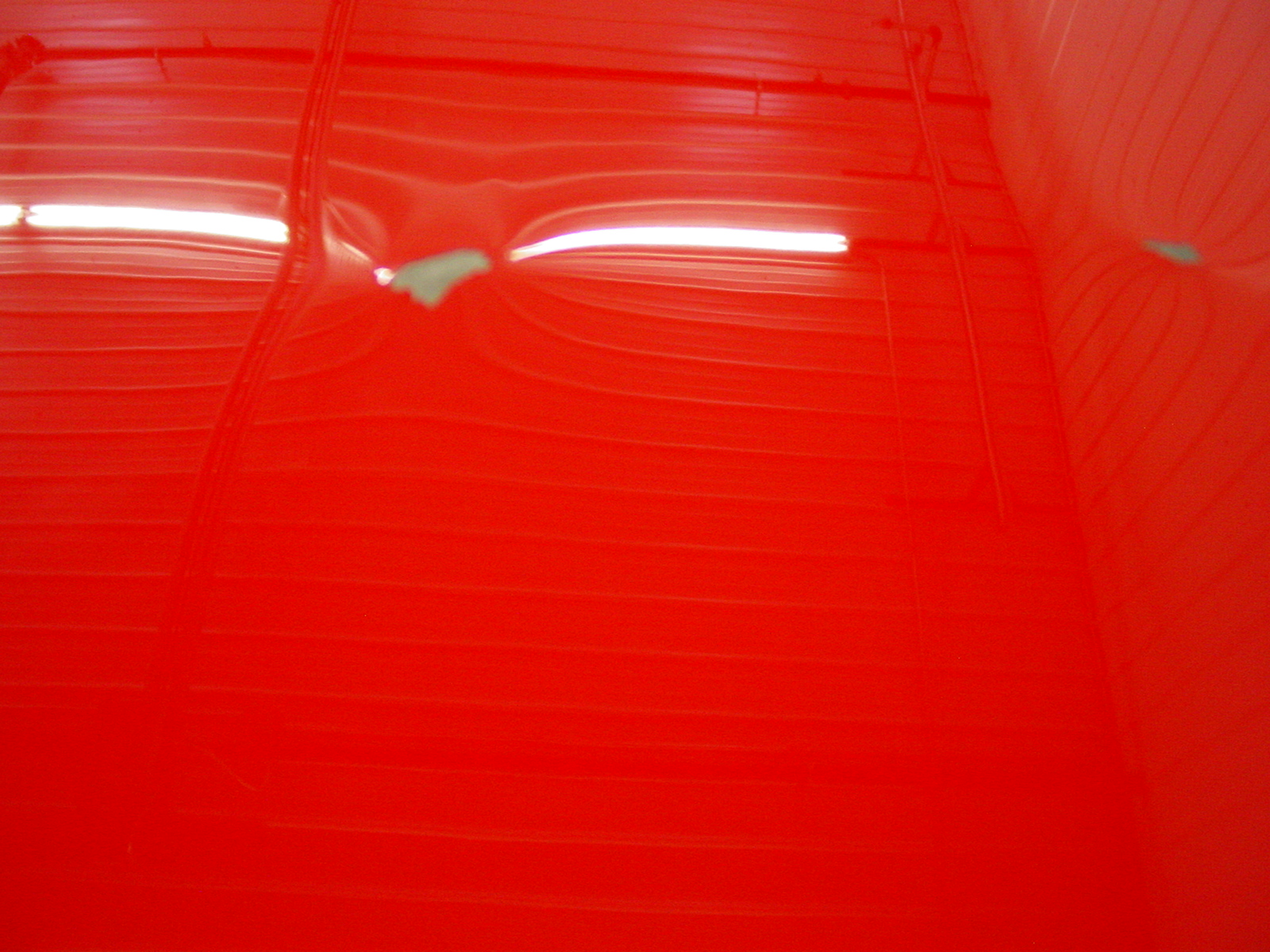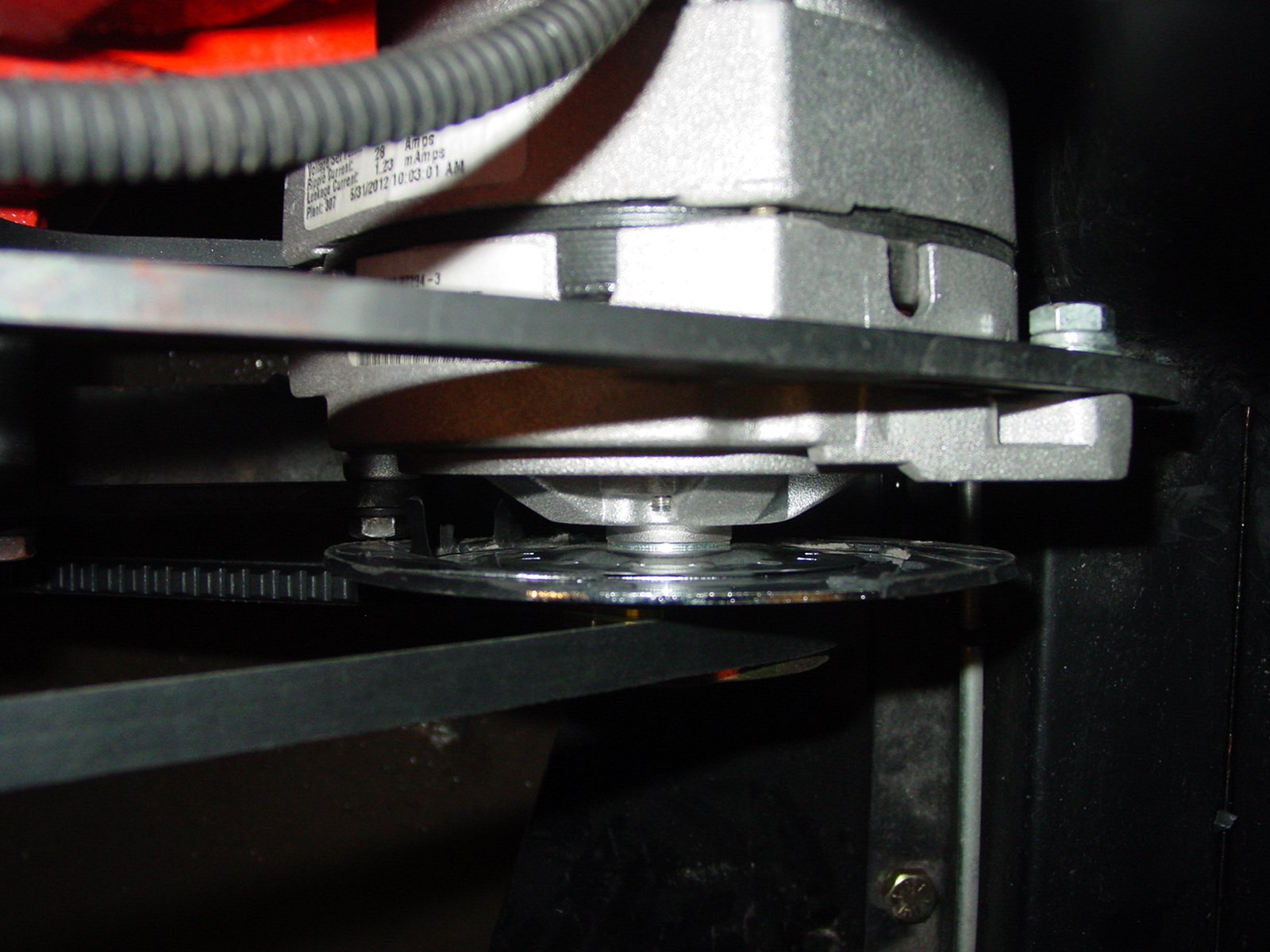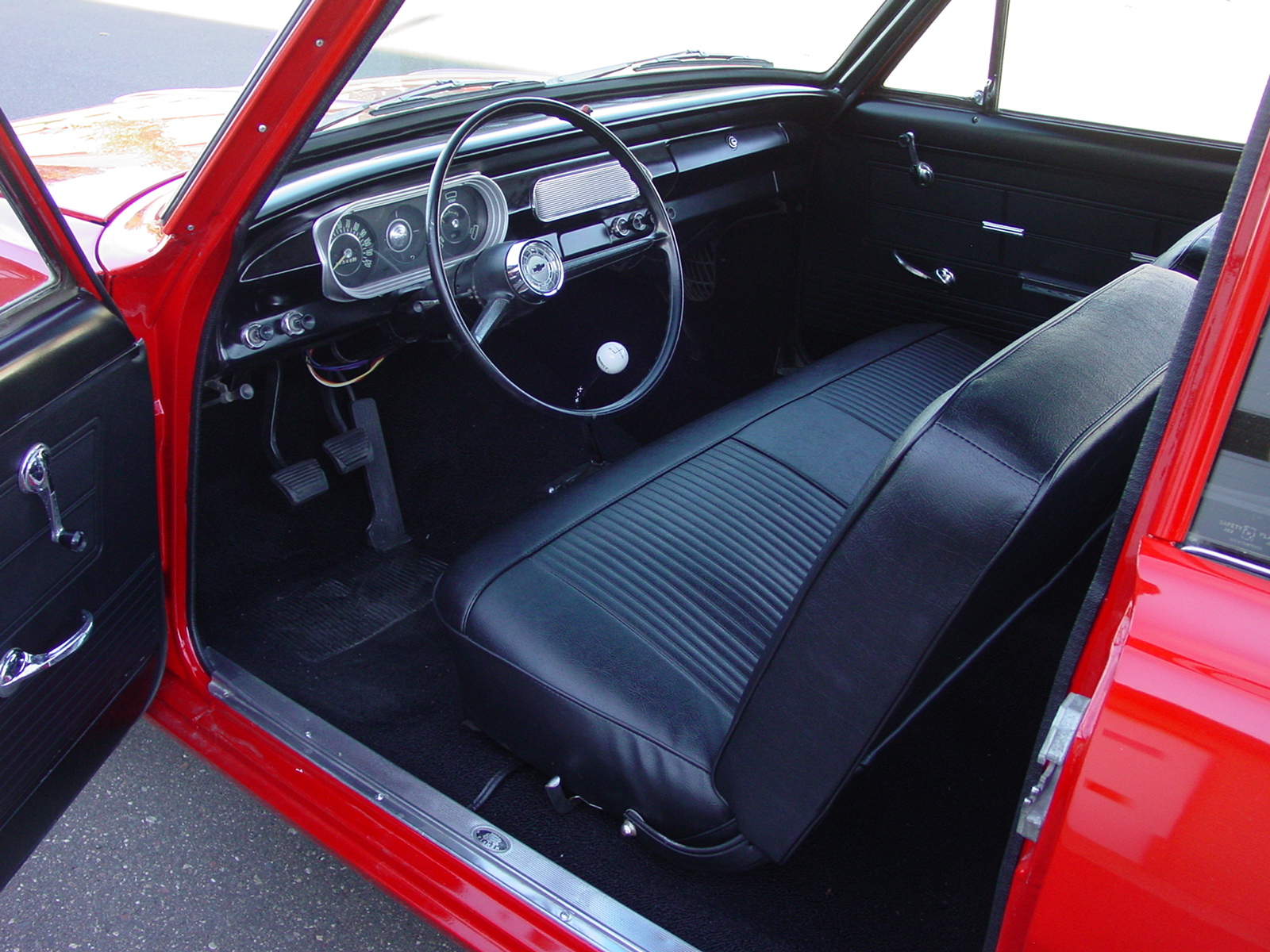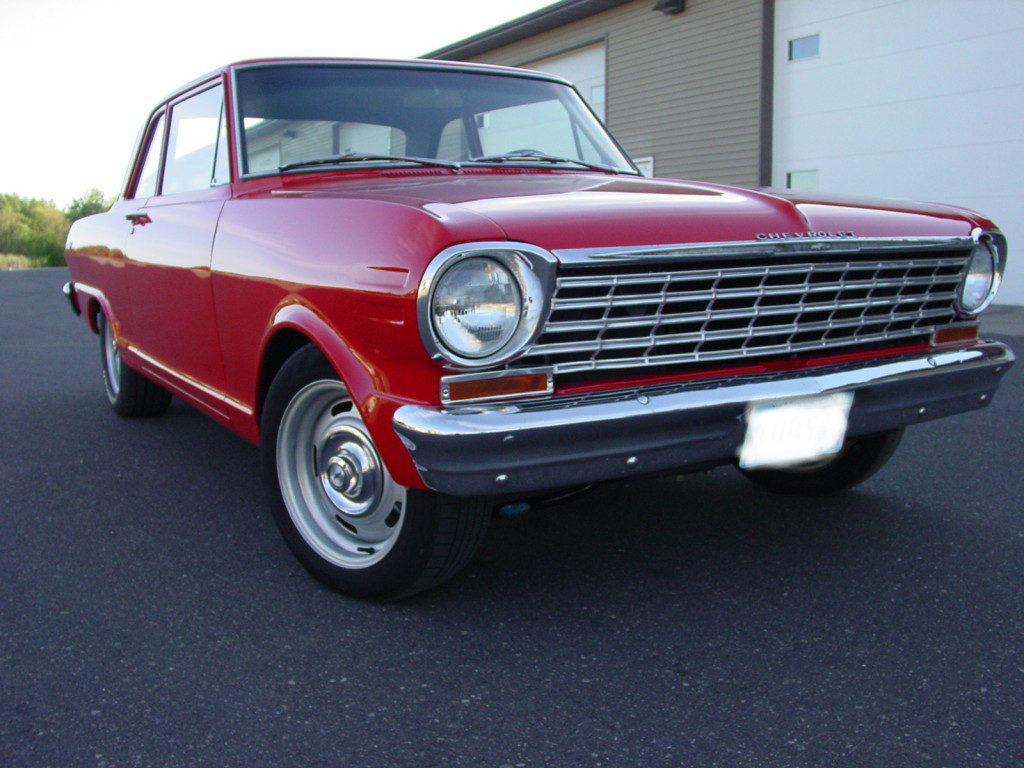As promised in an earlier article, albeit a little late, here’s some updated pictures on my progress. The car is for the most part done. There are a few minor tweaks I need to do like fixing the gas gauge and calibrating the speedometer, but I have been driving it. It’s a blast to drive, however with the steep Ford gears, she’s wound up pretty tight at highway speeds. It sure does get there fast though! I’m already thinking upgrades. A Tremec 6 speed would really be cool…..
As soon as I got the interior finished, I took it to the History Cruze that occurs on Friday evenings in the summer in North Saint Paul. After leaving the event and coming home on Highway 36, while accelerating I heard a nasty noise. It was a loud metal on metal noise. Unfortunately it was raining, so I slowed down to assess the situation. I still had oil pressure, it wasn’t overheating and it was still charging so I knew the belt was on. I decided I must have run over something. However, when I returned home I found the culprit. The alternator fan self destructed and bent my hood from the inside out! I was super bummed. The estimate to repair it is $1500. Oh, well.
Overall, I’m really happy with the way it turned out. I’m not sure if I would do another one from the ground up like that again. It’s a lot of work.







